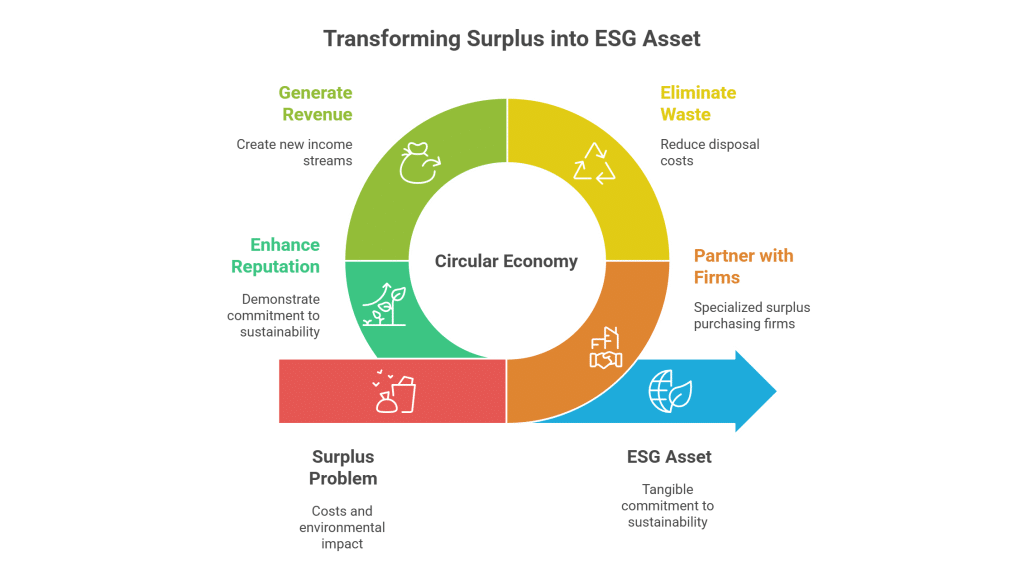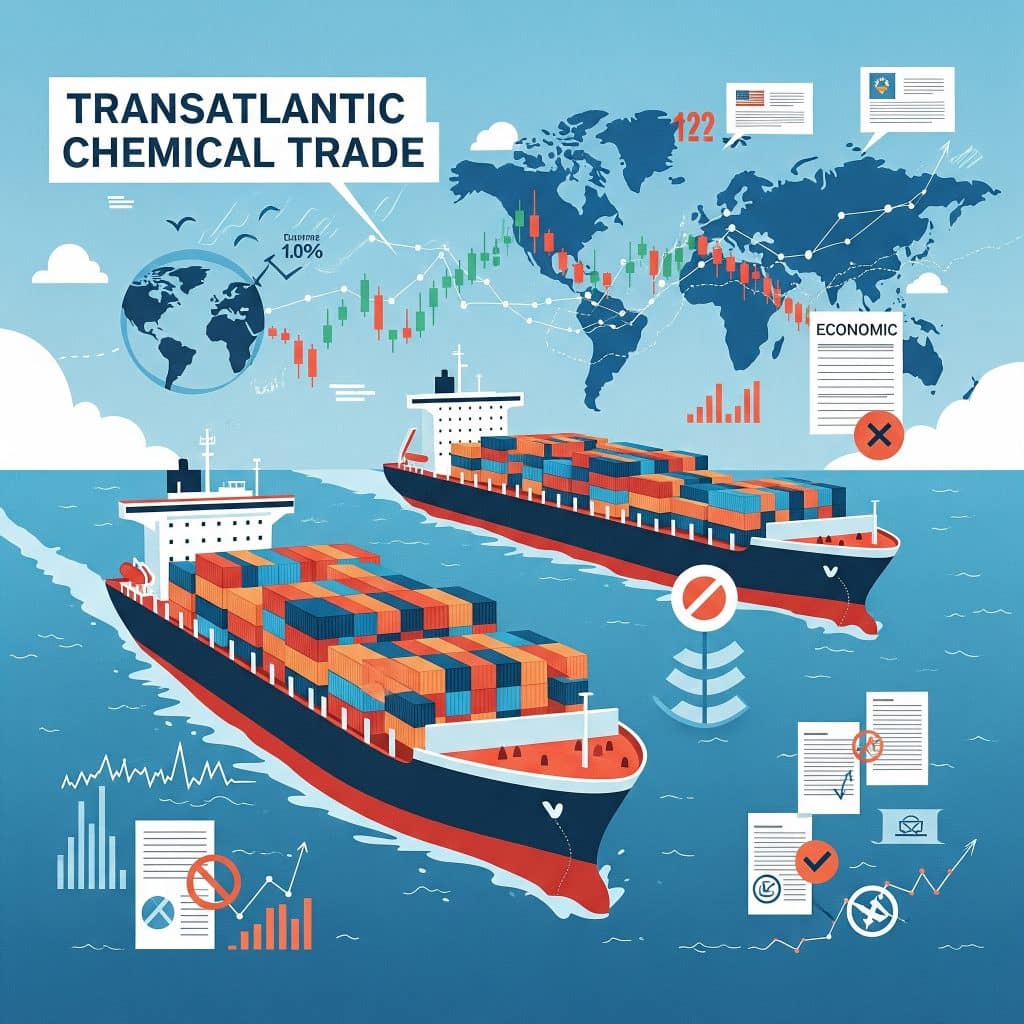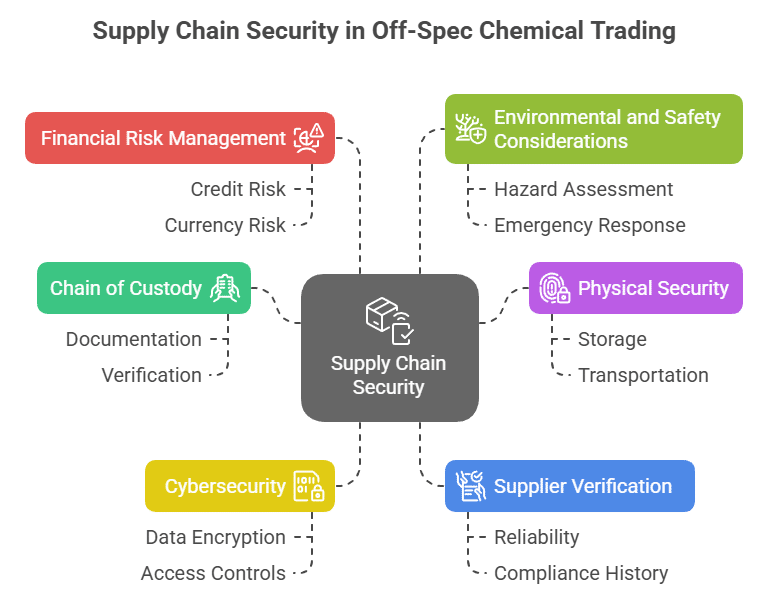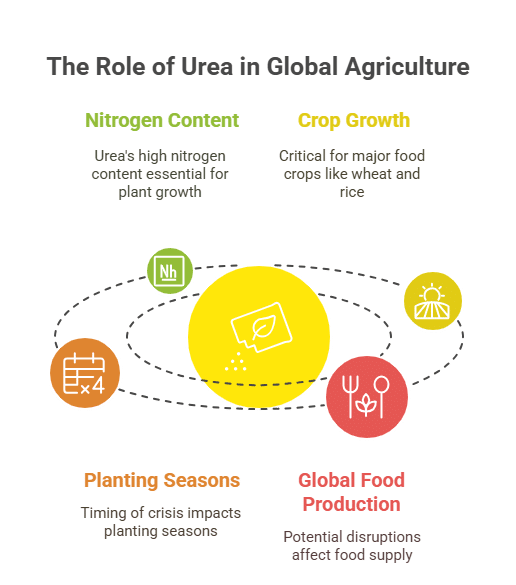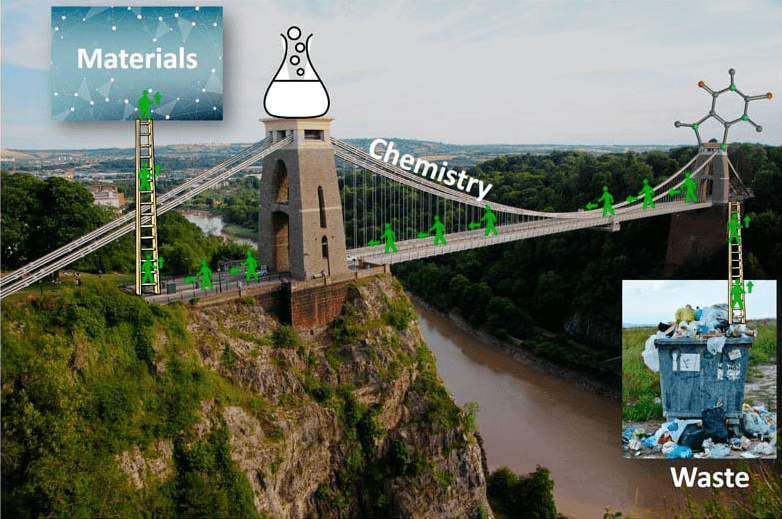Harnessing the Power of Pectinase in Fruit Juice Clarification and Textile Processing
Pectinase, a versatile industrial enzyme, plays a critical role in both fruit juice clarification and textile processing. In juice production, it efficiently breaks down pectin, reducing cloudiness and enhancing extraction, while in textile applications, it improves fabric texture and dye uptake by removing natural pectin residues. Often found as surplus inventory, this enzyme presents an excellent opportunity to reclaim value from excess stock.
Surplus Pectinase Trading: Optimizing Fruit Juice Clarification & Textile Processing
By buying or selling surplus Pectinase, companies can capitalize on its dual benefits. Sellers can recover costs, free up valuable storage space, and avoid expensive disposal fees, while buyers gain access to a cost-effective and sustainable resource. This trade not only supports economic efficiency but also contributes to environmental sustainability, as surplus chemicals are repurposed rather than discarded—converting potential waste into profitable revenue.
Pectinase in Fruit Juice Clarification / Textile Industry
Buyers benefit from reduced raw material costs while ensuring high-quality end products. The enzyme’s dual functionality allows companies to streamline their operations by utilizing a single chemical in varied applications, enhancing both process efficiency and product quality.
Sellers can transform surplus Pectinase into revenue, reducing disposal costs and storage burdens. Additionally, trading surplus not only promotes a sustainable chemical lifecycle but also aligns with environmental guidelines and regulations, offering a reassuring choice for companies looking to optimize asset management.
Table of Contents
Successful Surplus Pectinase Trading: Boosting Juice Quality and Textile Processing
A leading fruit juice company recently found itself with an excess stock of Pectinase, originally used to clarify juices. Instead of facing high disposal costs, they connected with a textile manufacturer that required the enzyme for optimizing fiber treatment processes. By trading surplus Pectinase, both parties benefited: the juice company recovered significant costs and freed up storage space, while the textile manufacturer achieved enhanced dye uptake and fabric quality. This collaboration not only improved operational efficiency but also contributed towards a greener, more sustainable industry practice.




